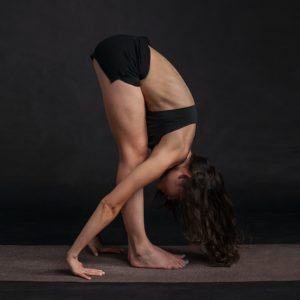Physical activity is sometimes thought to be the same or similar to exercise. But, these two words are not synonyms and should not be used interchangeably when creating an exercise plan.
Physical activity and exercise go hand in hand with one another. In order for an exercise program to work, one has to know the difference between each activity and know how to apply it specifically for you.
There are many benefits and risks of physical activity. Physical activity plays a huge role when it comes to prevention and treatment for many chronic illnesses, health conditions, and their associated risk factors.
Definition of Physical Activity
Physical activity is defined as any bodily movement produced by the contractions of skeletal muscles that results in a substantial increase in caloric requirements over resting energy expenditure.
Now we understand that the more one moves, the more energy is being used, the more calories are being burned.
Now when you move into the exercise aspect of physical activity, where we are doing a very specific part of staying physically active.
Definition of Exercise
Exercise is defined as a consistent, planned, structured, and repetitive bodily movement in order to improve and or to maintain one or many components of physical fitness.
Exercise is the planned portion of staying physically active, it can be very specific and used in many different ways for disease prevention, treatment, and increase one’s overall health.
How much physical activity do adults need?
The Primary Physical Activity Recommendations |
|
|
|
Why Physical Activity is Important
Now that we know the difference in means between exercise and physical activities, how are they beneficial or important to our lifestyles?
Think about your day from the moment you wake up to the time you lay back down to sleep. How often were you sitting or how long are you walking around?
Sometimes it might take us a while to get out of bed, take a shower, brush our teeth, and get out the door.
While at work many have jobs that are desk bound in-front of a computer. When we get home our first thing in mind is rest and winding down from a hard day at work. You can see how so much of our day has already been spent sitting!
Sedentary behavior has been linked to many chronic health conditions as we age. The average person has demonstrated that more than 50% of the day from the moment they wake up, till the time they go back to bed has been spent sitting. This type of behavior can only lead to high chances of high blood pressure, stroke, diabetes, cancers, increase in fall, decreased cognitive function, weight gain, fatigue, and depression.
I personally try to get out of my chair every 30 minutes and walk around for a bit before getting back to write this article. Not only does it feel good to stretch your legs out, but you are also helping increase blood circulation to your extremities.
Taking breaks are very important when it comes to focus and avoiding fatigue, you want your work to reflect how your body feels.
Those breaks are not only necessary for your work, but also for your health. You will feel better, motivated, focused and more energized just by standing more throughout your day.
Here are ways you can increase your physical activity:
- You can take the stairs instead of riding the elevator.
- Walk on your lunch breaks.
- Try a standing desk that can be adjusted to your height.
- Take more frequent trips to the water dispenser.
Small changes will make big differences.
Benefits of Regular Physical Activity and or Exercise |
Improvement in Cardiovascular and Respiratory
|
Reduction in Cardiovascular Disease Risk Factors
|
Decreased Morbidity and Mortality Rates
|
Other Benefits
|
Examples of Physical Activity
Physical Activities and Intensities | |
Light |
|
Moderate |
|
Vigorous |
|
Use this information to increase your knowledge, not to use it as fear. Encourage yourself to be more physically active throughout your day. This article’s main purpose is to help you be more conscious about being physically active. Reading the information in this article is a great start. Now, you’ll be more aware of the negative impact of being sedentary as well as the positive impact of being more physically active.
Here are some helpful resources!







